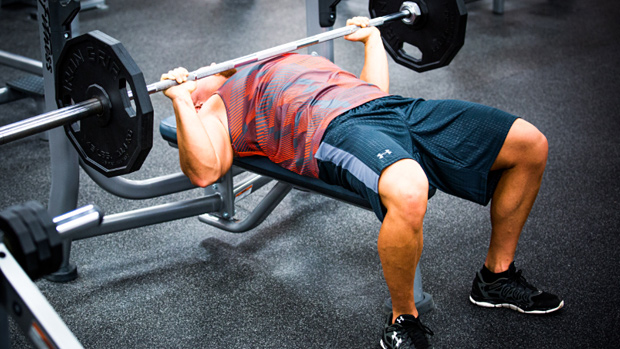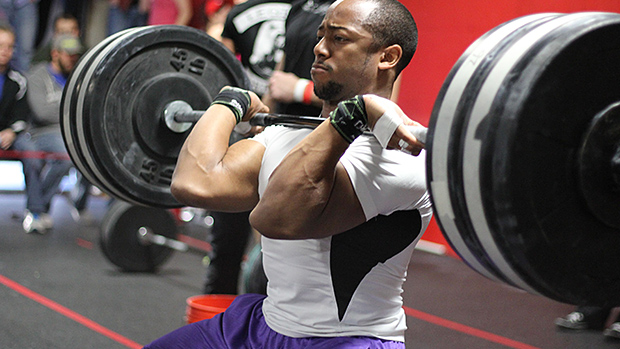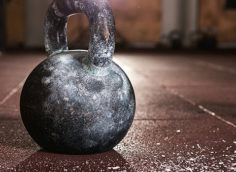We've told you about full-contractile (FCR) tri-sets before. They allow you to completely stimulate a muscle in minimal time. Well, I've discovered another benefit. And you can do them in the comfort of your own home.
If you only own one relatively light set of dumbbells, you can use this method to blast your biceps using weights that would normally feel like warm-ups.
An FCR tri-set is three exercises sequenced back-to-back to train a muscle in its shortened, mid-range, and lengthened positions.
To completely stimulate a muscle, you must challenge it across its entire contractile range. Just doing a full range of motion (ROM) in the big lifts doesn't achieve this. Moving through a full ROM isn't the same as being challenged across a full ROM.
That's why, for maximal growth, muscles need to be worked in the mid-range, lengthened, and shortened positions. This is often done by programming exercises which target each point of the contractile range across multiple sessions in the week.
The effectiveness of this approach was supported in a recent study by researcher and natural bodybuilder, Chris Barakat. The study compared shoulder position during different biceps curl variations and found increased muscle activation when various positions were used compared to doing the same training volume with regular curls.
The tri-set below requires the exact same shoulder positions as the ones in his study.
Because these three exercises are combined back-to-back without rest, fatigue escalates rapidly. What started out as light will very quickly feel like a max-effort PR. This means you'll be grimacing and grunting as you bust out the final few reps... even though you might be curling 15 pounds per arm. Fortunately, you'll be doing this from the safety of your own home so there's no risk of your gym crush walking by.
Go from one exercise to the next with no rest in between:
- A1 Chair Spider Curl: As many reps as possible
- A2 Wall Curl: As many reps as possible
- A3 Wall Incline Curl: As many reps as possible
Rest 90 seconds before starting again at A1. Repeat 2-3 times more.
The first exercise challenges the muscle in its shortened position and can be done using anything that allows you to lean over and brace yourself, like a chair.
The second exercise hits the biceps in their mid-range. Doing them against a wall has two benefits: It minimizes cheating with momentum, and it reduces the rest time between A2 and A3, which keeps fatigue high.
The third exercise trains the biceps in their lengthened position. Keep the arms back against the wall.
If you have very light dumbbells and need a way to make the first exercise more challenging, just use an offset grip.

By placing the thumb side of your hand up against the end plate, the biceps will have to work harder to supinate your wrist.
Supination is a forgotten function of the biceps. Adding this alongside the regular elbow flexion involved in a curl increases the challenge and biceps activation. The increased difficulty means you won't have to do countless reps before hitting failure and moving to A2.





